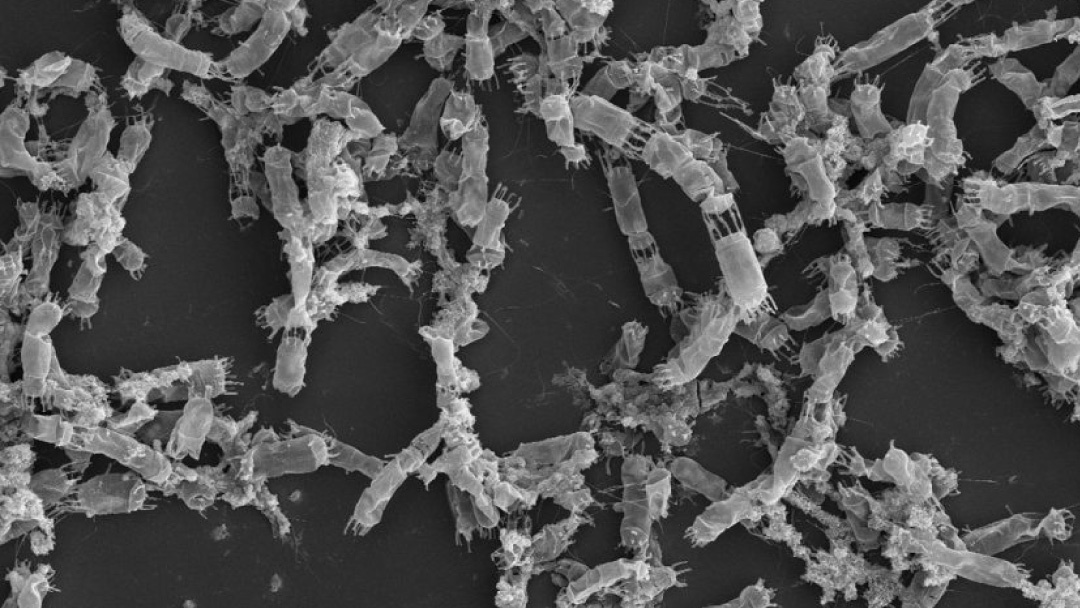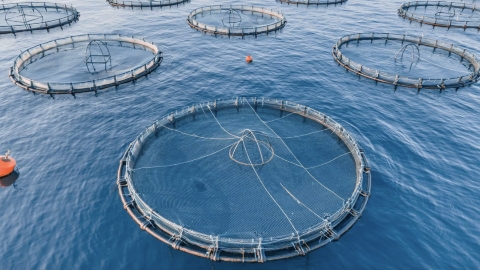
A multidisciplinary team from the University of Cádiz (UCA), in Spain, has demonstrated that prolonged periods of darkness can stimulate the production of bioactive compounds in coastal diatoms, microalgae responsible for around 20% of the planet’s primary production.
The results of this fundamental research study, published in the journal Marine Environmental Research, could have potential applications in aquaculture and marine biotechnology, since diatoms are used as a source of essential fatty acids, pigments, and bioactive metabolites.
A better understanding of how darkness affects the metabolism of these microalgae may help design optimized cultivation strategies to enhance the production of natural compounds with antioxidant, antimicrobial or immunostimulant properties, useful in functional feeds or as bioactive ingredients in larval rearing systems.
The study was carried out by the research groups RNM-214: Structure and Dynamics of Aquatic Ecosystems and FQM-169: Isolation, Structural Determination and Synthesis of Natural Products, both part of the University Institute of Marine Research (INMAR) and the Institute of Biomolecules (INBIO) at the University of Cádiz. The research forms part of the FICOEXPLORA project, funded by the Spanish Ministry of Science, Innovation and Universities.
The work provides solid evidence of how prolonged darkness – such as that experienced by diatoms at the end of their blooms when they sink to the seabed – influences the production of polyunsaturated aldehydes (PUA), organic compounds with key ecological functions related to cell-to-cell communication, defence against predators, and the regulation of marine food webs.
To test this, the researchers recreated laboratory blooms of two common species in the Gulf of Cádiz, Cyclotella cryptica and Skelotenema pseudocostatum. After keeping the cultures in darkness for 75 days, the observed that both species survived and regained photosynthetic activity when exposed to light again. Analyses revealed a marked increase in the production of these bioactive compounds: Skeletonema pseudocostatum increased its levels sevenfold, while Cyclotella cryptica achieved a fivefold rise compared with normal light conditions.
Each species adopted different strategies to cope with the absence of light. Skeletonema pseudocostatum produced hypnospores, resistant resting forms, whereas Cyclotella cryptica reduces its metabolism without showing morphological changes.



